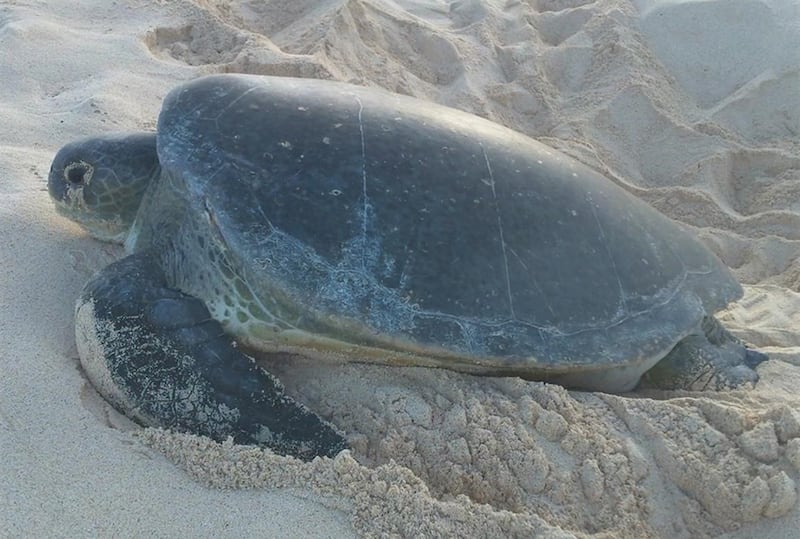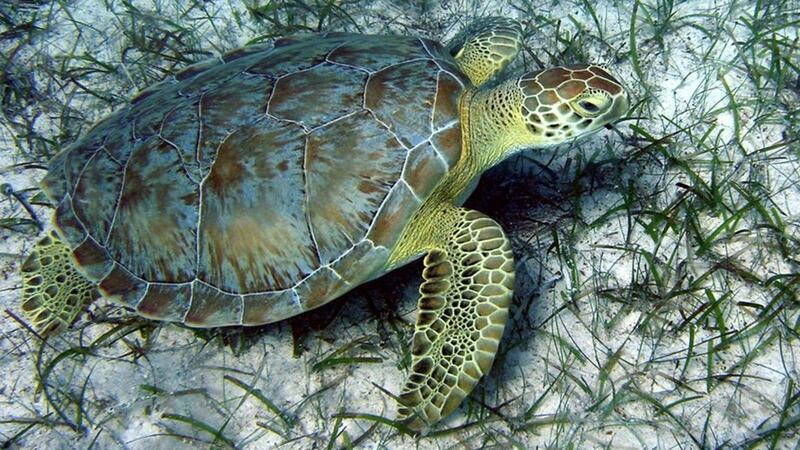Techniques commonly suited to tracing robbers rather than reptiles are being used by British scientists investigating the movements of one of the planet’s most cherished species.
University of Exeter researchers used satellite tracking and a crime-scene method to discover which foraging grounds turtles had come from to breed in Cyprus.
Scientists measured the stable isotope ratios – a chemical signature also used by forensic scientists – to reveal that Lake Bardawil on Egypt’s north coast is now the most important foraging ground for turtles which breed at Alagadi in Cyprus, an area known for its turtle population.
Professor Brendan Godley, director of the Centre for Ecology and Conservation on the University of Exeter’s Penryn Campus in Cornwall, said: “Our satellite tracking of turtles breeding in Cyprus has been going on for some years.

“This meant we knew where many of the turtles went to forage for food but our preliminary analysis using stable isotope ratios showed a major foraging area had been missed.
“A large proportion of turtles had isotope ratios that did not correspond to sites previously identified and we tracked five of them. Five out of five went to Lake Bardawil.”
Dr Phil Bradshaw, also from the University of Exeter, added: “This research demonstrates how stable isotope analysis can help us learn more about the lives of species like green turtles.
“Using a combination of this analysis and satellite tracking gives us more reliable data, and this can be used to measure the success of future conservation efforts.”
The paper is published in the Marine Ecology Progress Series.








